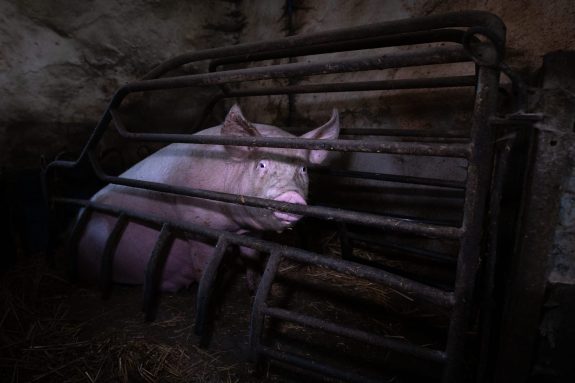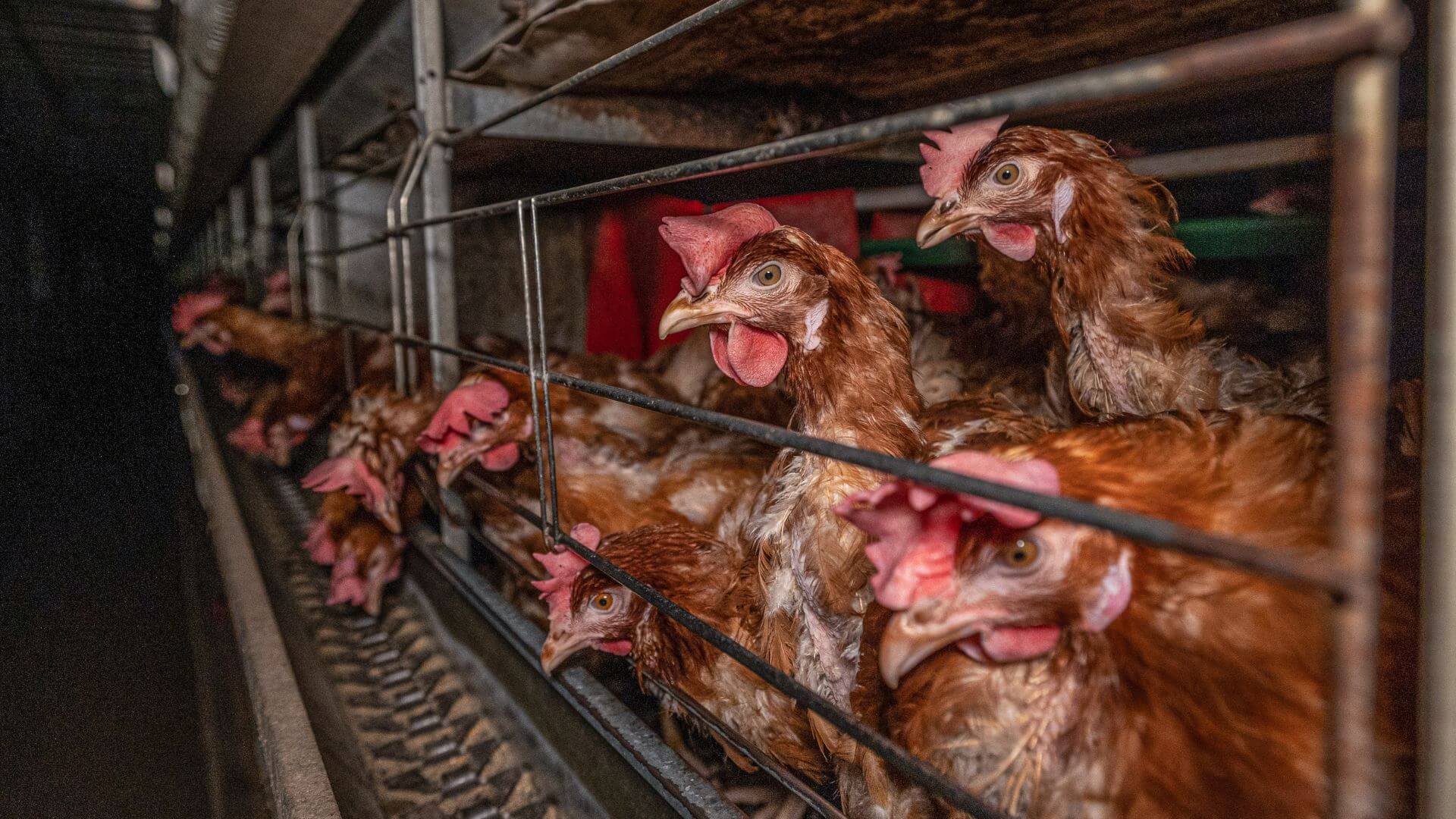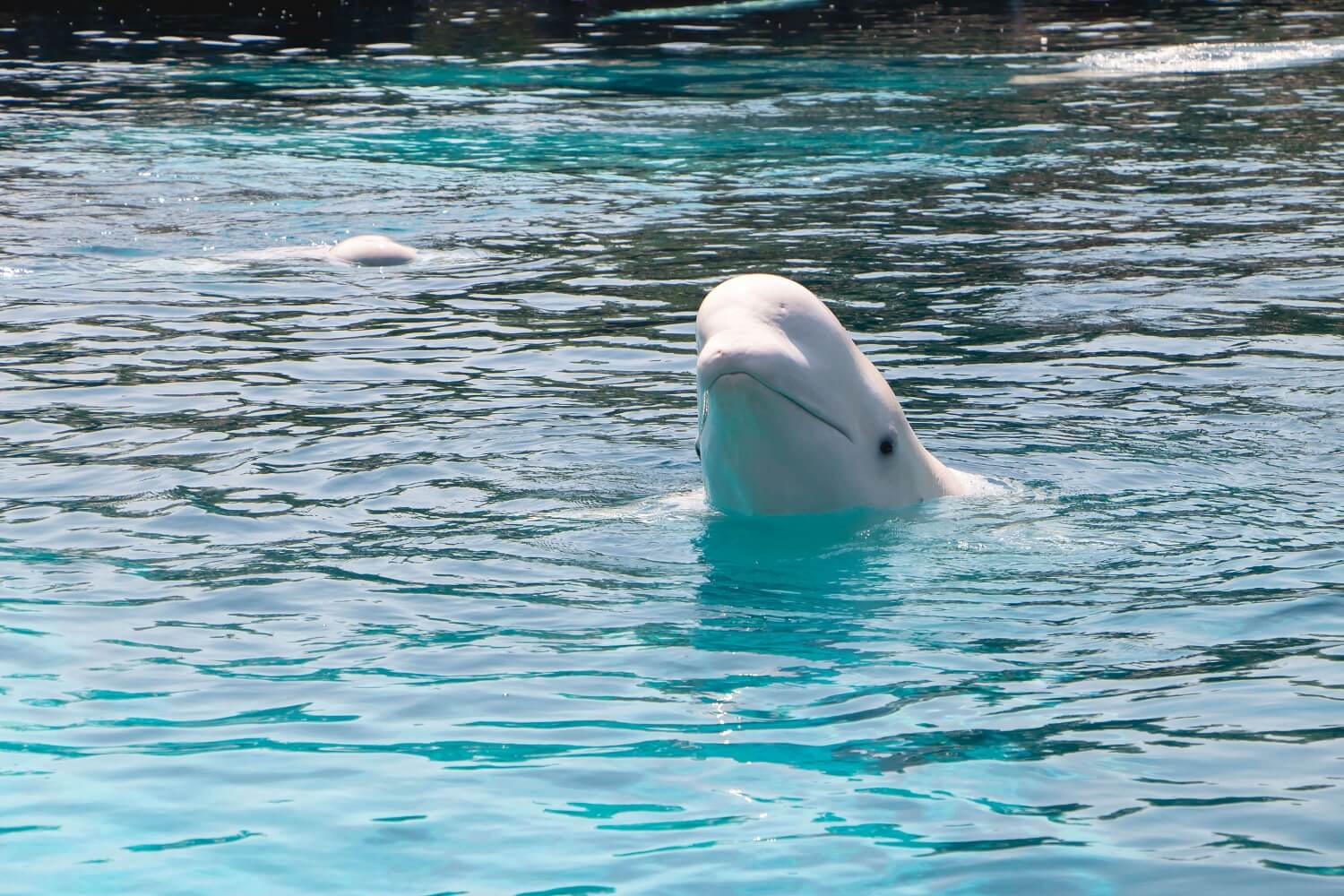Many Canadians may be surprised to learn a disturbing truth: there are no laws regulating the treatment of animals on farms in Canada. Instead, the government relies on the National Farm Animal Care Council (NFACC)—an industry-led group with no lawmaking authority—to create non-binding guidelines for farmed animals through voluntary “Codes of Practice.” These codes have consistently allowed the industry to subject animals to extreme confinement and painful, invasive procedures.
The codes are intended to be revised every 10 years, with smaller reviews every five years, initiated when the relevant industry group is ready to begin the process. During these reviews, NFACC provides a public survey to collect comments. These updates present an opportunity for the industry to meet public expectations and address the cruellest practices. However, they have repeatedly failed to do so.
NFACC has recently opened a public consultation period on its Code of Practice for the care and handling of pigs. The consultation is open until June 4, 2025.
The Pig Code Continues to Allow Gruesome Conditions & Practices
The Canadian pork industry, operating under the umbrella of NFACC, periodically updates its Pig Code of Practice—a set of voluntary and unenforceable standards for the treatment of pigs on farms. While Pig Code is currently under review, it continues to permit practices that resemble scenes from a horror movie—many of which have been banned in other countries—and would be illegal if done to a cat or a dog.
Extreme Confinement of Mother Pigs
The Pig Code allows pigs to spend the entirety of their pregnancies and nursing periods confined to barren, iron cages so small they are unable to turn around or express natural behaviours in what are called gestation and farrowing crates. This deprivation causes not only frustration and stress, but also physical damage: mother pigs (sows) confined in these cages often suffer from leg weakness and lameness due to lack of physical activity. Shoulder injuries, as well as urinary and vaginal infections, are also common.
Horrific Ways of Killing Piglets
The Pig Code permits the killing of piglets by blunt trauma, through a method known as “thumping” piglets weighing 9 kg or less, which involves grabbing piglets by their legs and slamming them head first onto a concrete floor to kill them. This brutal method is still considered an acceptable way to get rid of piglets who are sick or weak.
Painful Mutilation
The Pig Code also allows for painful procedures and mutilations, such as castration, tail docking, teeth clipping, and ear notching to be conducted—and without adequate pain control that does not account for acute and chronic pain. For example, castration for piglets younger than 10 days of age “requires” the use of analgesics (for lasting relief), but anesthetics (for immediate pain) are only “recommended.”
How to Take Part in The Survey
NFACC’s failures make it clear that voluntary standards cannot protect farmed animals. While we need laws to protect animals, in the interim, we need to tell industry that they must do better.
Please take a moment to submit your comments to NFACC via their public survey before the public consultation closes on June 4, 2025. Within the survey, share your unique perspective, be polite, and be concise. Use our suggestions below to guide your comments:
- Prohibit blunt force trauma as a means of “euthanasia” for pigs and require only humane forms of euthanasia.
- Explain that “thumping” is a violent and unacceptable method of killing piglets.
- Emphasize that humane euthanasia methods, such as those using injectable drugs, must be the only acceptable options.
- Complete the phase-out of gestation crates and prohibit the use of farrowing crates.
- Stress the cruelty of confining mother pigs to crates where they cannot turn around or engage in natural behaviors.
- Advocate for housing systems that allow freedom of movement, social interaction, and the ability to nest.
- Eliminate painful procedures and mutilations, and require short- and long-term analgesics and anesthesia until management practices change.
- Specifically mention castration, tail docking, teeth clipping, and ear notching as painful procedures that must be addressed.
- Insist that both anesthetics (to alleviate immediate pain) and analgesics (to manage post-procedure pain) are mandatory for any of these procedures that continue to be performed.
- Highlight that preventative management practices, such as providing adequate space and enrichment, should be prioritized to reduce or eliminate the need for these procedures altogether.
Banner: Konrad Lozinski




